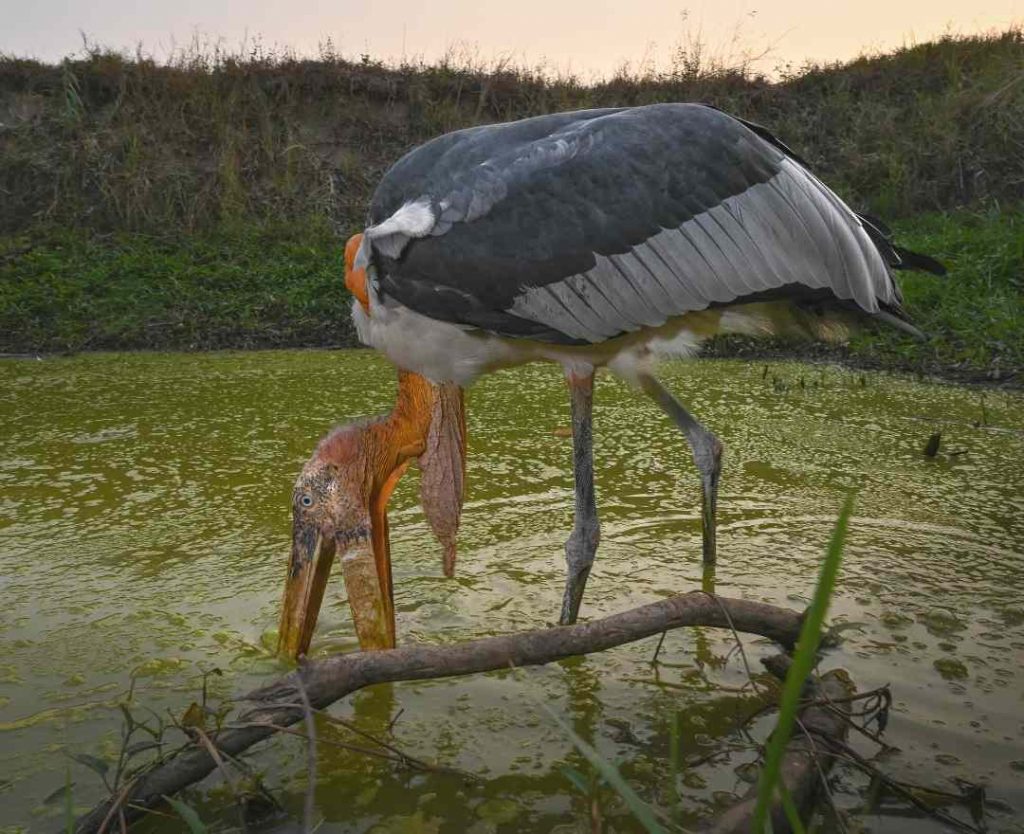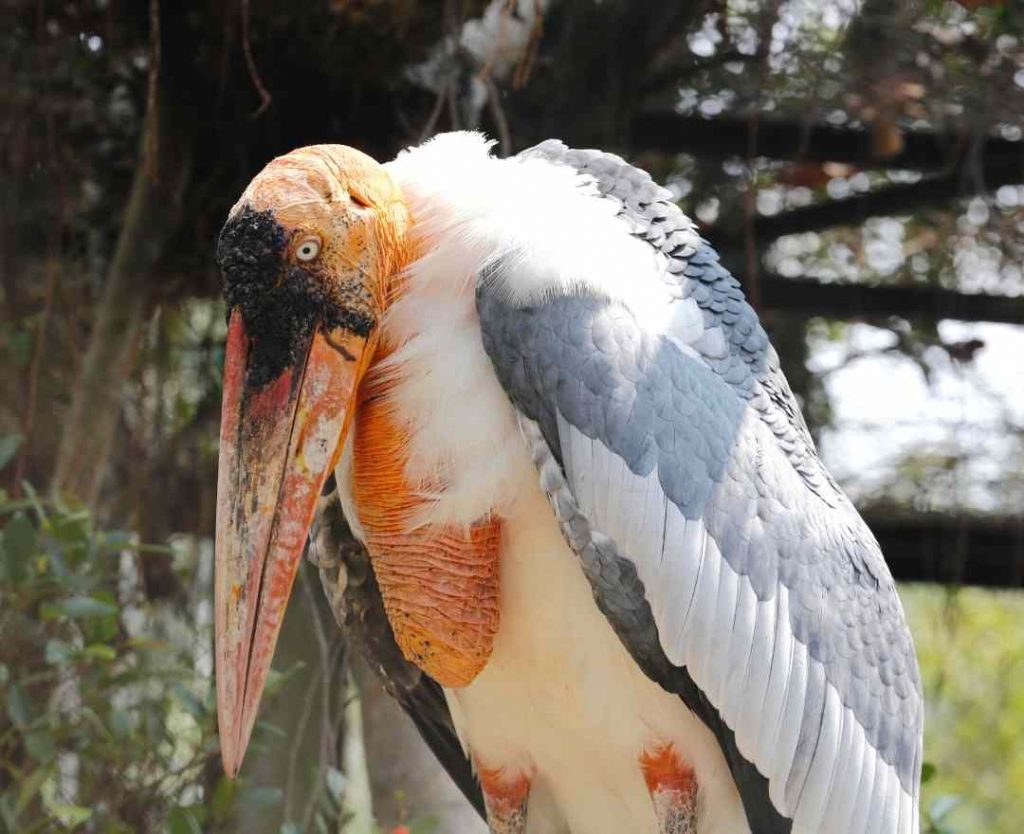Despite global climate change, habitat destruction, wetland pollution, and other environmental factors, the population of the Greater Adjutant stork in Cambodia is continually rising.
The greater adjutant stork is the world’s second rarest stork species and is listed as Endangered on the IUCN Red List (Birdlife International 2016).
The local community in Prek Tuol and Ministry of Environment rangers who protect the larger adjutant breeding areas are credited with the population increase.
According to Wildlife Conservation Society (WCS) Cambodia Tonle Sap senior project lead Robert Tizard, the greater adjutant population in the Kingdom is constantly increasing despite disturbances to their habitat and environment.

He stated that when conservation efforts began at Prek Toal in early 2000, there were fewer than 50 greater adjutant nests, but this number has steadily increased, and over 250 nests were discovered at Prek Toal in 2020.
Siem Reap Wildlife & Adventure
Great Adjutants were previously distributed across mainland South and Southeast Asia.
Still, the population has rapidly reduced due to only two remaining breeding populations, one in northeast India and the other on Tonle Sap, at the Prek Toal Ramsar site, one of the Tonle Sap Biosphere Reserve’s core zones.
During the dry season, they reproduce in Prek Toal and then migrate north and east during the rainy season, primarily through the dry woods of Preah Vihear, Stung Treng, and Kampong Thom’s northern plains.

Tizard said
"This was once a very rare bird, but the population is now increasing because their important breeding area at Prek Toal is being protected by local communities and MoE rangers," adding that people who collect their eggs or young for food used to disturb this species.
adding that people who collect their eggs or young for food used to disturb this species.
He did, however, mention that the greater adjutant and other large waterbirds in the Tonle Sap are facing new challenges, such as changes in regional development and global climate change, which are affecting water levels and reducing flooded forest areas.
According to Bou Vorsak, executive director of Birdlife Cambodia, the greater adjutant’s biology varies from vultures or white-shouldered ibis during breeding.
"No specialists have ever grasped how to do a census on the larger adjutant," he said, adding that they still don't know if the number of these birds has risen or reduced, but the number of nests has increased.''
Bou Vorsak
"We should be pleased that Cambodia still has an ideal environment for the protection and conservation of a rare species like the larger adjutant,"
Vorsak added
He also stated that more collaborative efforts are needed to conserve their habitats and discover means to scientifically investigate the trends of these species and how to quantify them.










